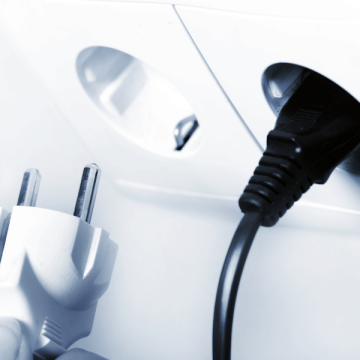

If ever there was a time to save energy on a massive scale, it is now. We have long been motivated to save the environment and, if possible, our costs as well. Now that energy prices seem to be going through the roof, we are taking a closer look at what can be adjusted under the roof. To avoid this, we can hardly keep track of our monthly expenses in the short term. And to benefit in the long term by making our home more sustainable. Especially now that winter is approaching.

Ventilation costs energy, but the return is healthy air in the home. This is beneficial to our health and concentration, and prevents mould and all its unpleasant consequences. During the cold season, the humidity in the house rises quickly. Ventilation with an MVHR system, on the other hand, ensures dry air that is easy to heat. A properly functioning ventilation system therefore delivers more than it costs. In the case of a heat exchanger, this is even more beneficial because the heat is recovered and directly reused. In addition, new generations of domestic fans are becoming increasingly energy efficient.
Installing and improving insulation is a proven way to make a home more energy efficient. It is also important to have a plan for the supply of fresh air and the removal of used air. In this way, insulation and ventilation together contribute to a sustainable and healthy living environment. Indoors and outdoors.
How can you control the monthly cost of your ventilation system?
With all methods of saving energy costs, look carefully at the consequences. For example, at today's prices, wood and pellet stoves cost more than central heating and emit a lot of particulate matter. To get through the winter relaxed and comfortable, the key is to heat selectively and ventilate well with clean filters and a well-maintained system.